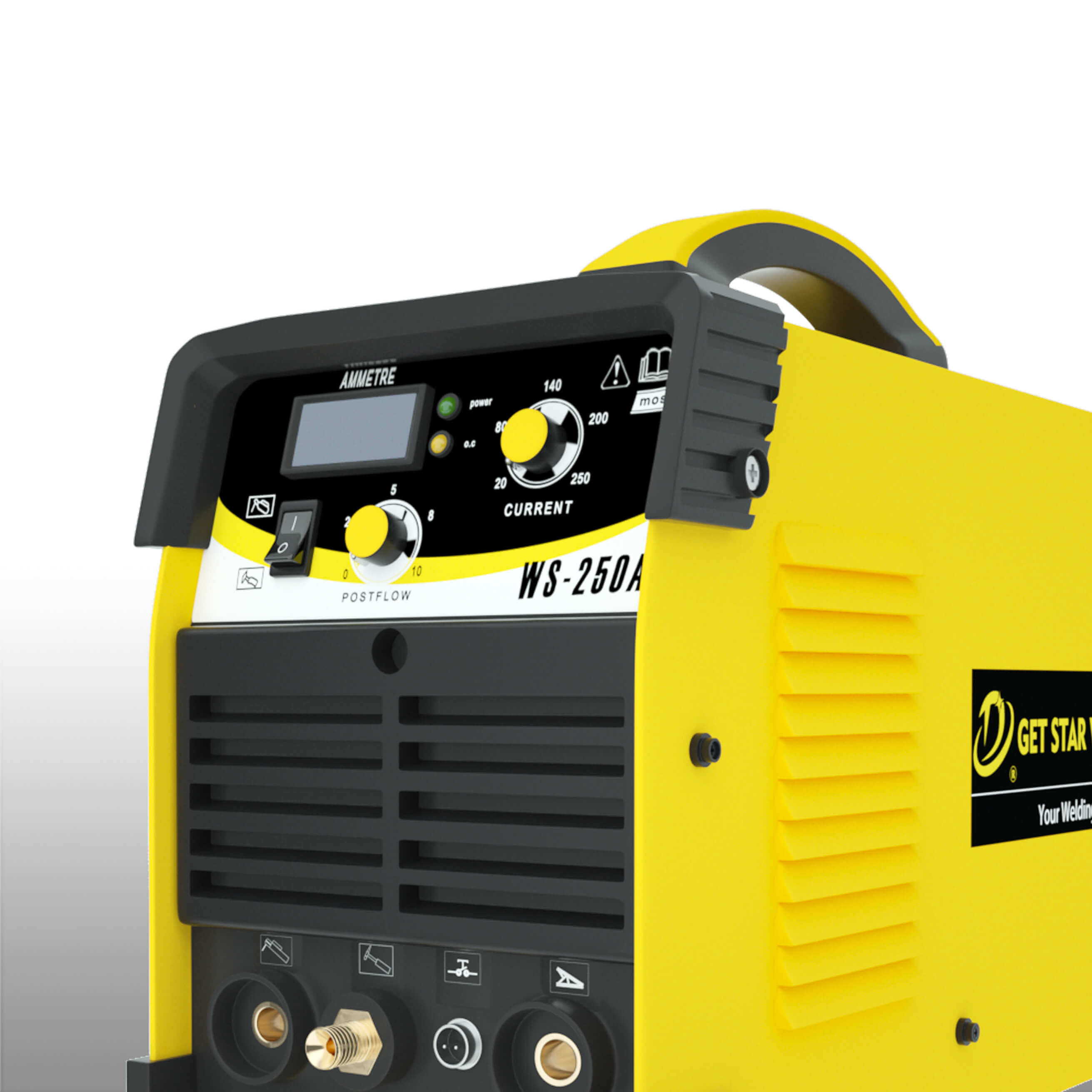Welcome to Get Star Weld!
Welcome to Get Star Weld!
23 May, 2022
MIG welding, an acronym for Metal Inert Gas welding, stands as a stalwart in the realm of metal fabrication. Originating as Gas Metal Arc Welding (GMAW), this technique has undergone a transformative journey, evolving into a cornerstone technology in industrial applications.
At the core of MIG welding lies Gas Metal Arc Welding (GMAW), a process defined by its use of inert gases. These gases, typically argon or helium, play a pivotal role in shielding the welding area from atmospheric contaminants. The inert shield, often overlooked, is the unsung hero preserving the integrity of the weld.
The meticulous nature of MIG welding extends to the wire electrode feeding mechanism. This process, whether continuous or intermittent, holds the key to welding efficiency.

One of the striking capabilities of MIG welding lies in its precision in joining dissimilar metals. This is particularly crucial in applications where alloys of varying compositions need to be seamlessly integrated. Techniques for matching alloys, often employing pre-heating methods, ensure a harmonious fusion of diverse materials. Moreover, MIG welding proves adept at welding materials of differing thicknesses, a testament to its versatility.
The allure of MIG welding extends beyond precision; it boasts remarkable speed and efficiency. The high deposition rates associated with MIG welding translate to accelerated project timelines. In the industrial landscape, where time is synonymous with money, the cost-effectiveness of MIG welding becomes a key driver in its widespread adoption for large-scale production.
Yet, even in the realm of precision, challenges may arise. One common hurdle is wire feed issues. Uneven feeding can compromise the entire welding process. Addressing this requires a nuanced understanding of tension settings governing the wire feed mechanism. Regular maintenance emerges as a preventive measure, ensuring the seamless flow of the electrode.
Simultaneously, the integrity of gas shielding is paramount. Atmospheric contamination poses a constant threat, influenced by weather conditions and ventilation. Welders must be attuned to these factors, implementing measures to counteract potential disruptions in the shielding process. Diligence in monitoring and adapting to environmental variables becomes a hallmark of a masterful MIG welder.
The precision of MIG welding goes beyond the seamless fusion of metals; it encapsulates a meticulous interplay of gases, electrodes, and mechanical processes. As industries evolve, MIG welding stands as a testament to the marriage of tradition and innovation, providing a blueprint for the future of metal fabrication.
Lorem ipsum dolor sit amet, consectetur adipiscing elit. Suspendisse viverra mauris eget tortor.